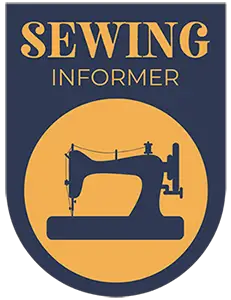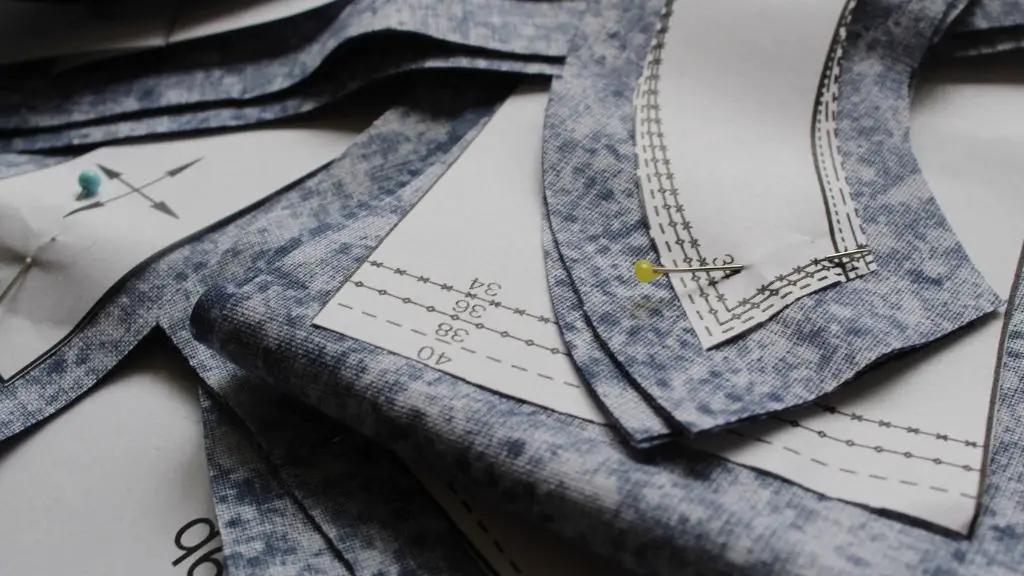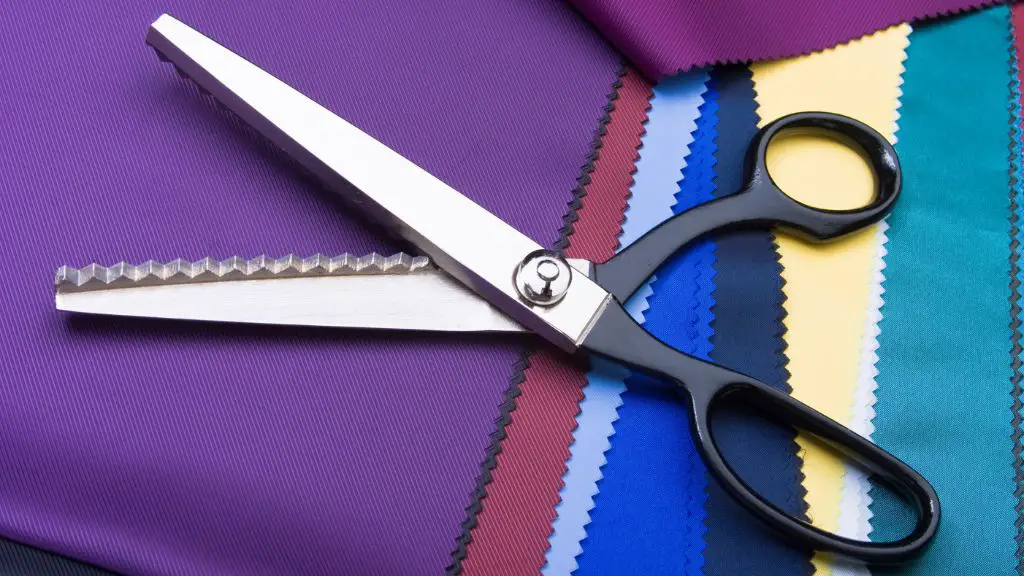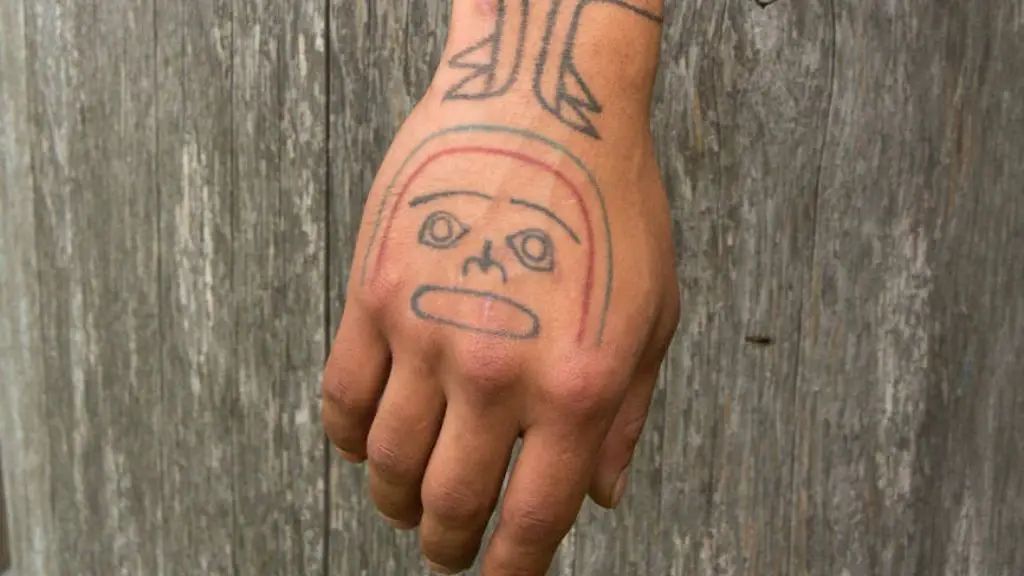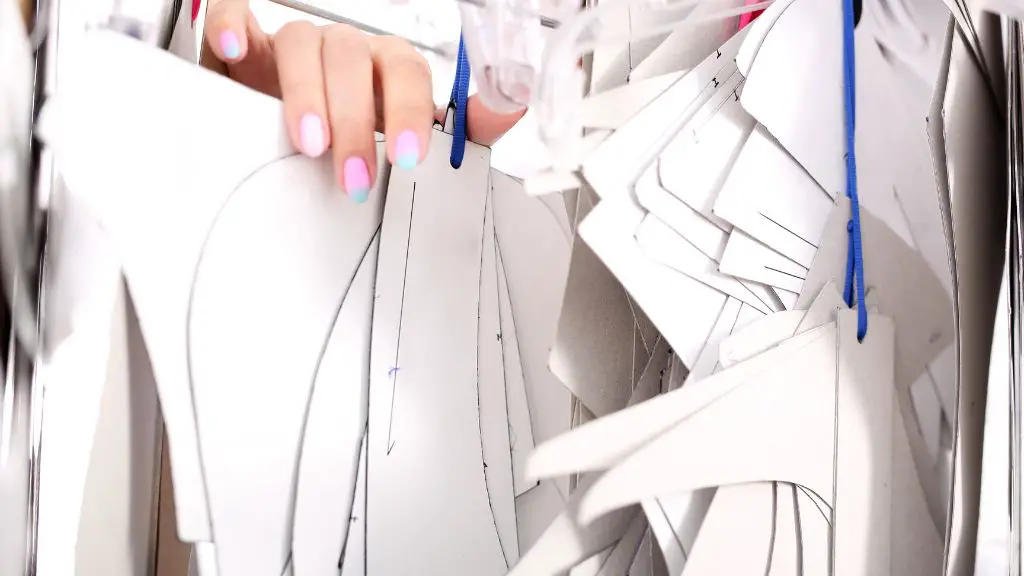Sewing patterns can be expensive if you purchase them often for your sewing projects. That’s why the question of ‘can sewing patterns be reused?’ often comes up in a sewer’s mind. Of course, most of us always want to find a way to save a little cash now and again. You don’t want to purchase the same pattern again and throw them away when you’re done.
Yes, sewing patterns can be reused. Following the right way to preserve patterns will ensure you can use them in any projects that you may have in the future. If you’re using PDF patterns, you can easily print and resize them whenever you need them.
There are plenty of factors that go into reusing sewing patterns. This article will discuss reusing sewing patterns for pre-printed and PDF patterns. Aside from that, you will learn how to properly preserve your patterns using materials you may already have in your home.
Sewing Patterns: Are They Reusable?
As mentioned above, sewing patterns are reusable and depend on how you use them. If you found your favorite pattern taht you would usually use for giving gifts for holidays or birthdays, then make sure you save them properly for future use.
Creating a permanent one should be indestructible. It would involve tracing the original pattern into a sturdy material so you can reuse it repeatedly. All you have to do is ensure that the original design of the template will remain intact as you use it.
Making Your Favorite Pattern Reusable
Pre-Printed Patterns
Most of the time, pre-printed patterns are made from tracing or baking paper. Not really durable, right? If this is the case, you won’t be able to reuse it for your future projects. For you to reuse a pattern, it is important that you trace the size you want on an alternative paper and then cut it out.
If you are cutting directly from the pattern, you won’t be able to use any other size aside from that particular pattern. You would need to repurchase the pattern, which is not very cost-effective.
It is best to remember that pre-printed patterns can easily rip and be ruined. When this happens, it can be pretty hard to repair it to perfection without needing to change its size.
PDF Pattern
With a PDF pattern, you should be able to reuse it easily. All you have to do is download the pattern and print it whenever you need it. You don’t have to worry about messing up the pattern. Also, you don’t need to worry about using the pattern when you need it in different sizes.
Now, it’s not recommended to waste a lot of paper or reprint patterns often. If you want to use different sizes, you can trace the size you prefer on something else, like baking paper or plastic dust sheets. Doing this will let you reuse the pattern for future projects you may have in mind.
Instructions for Saving Patterns to Be Reused in the Future
First, you would need to press the pattern pieces together. When doing this, you have to ensure that there are no wrinkles and be as smooth as possible. If you’ve done this perfectly, you should have a final piece that is as accurate as the original pattern.
Be sure to tuck and fold pieces together so that you can alter how the patterns fit together. When you’re done with this, lay the fusible side up of your pattern on an ironing surface. The paper or parchment paper side should be facing the ironing board.
Doing this will ensure that the fusible web doesn’t mix with your ironing board cover. Make sure that your pattern is lying right side up. The interfacing should be fused on the wrong side. Place all your pieces close together so that you can avoid wasting interfacing.
Ignore laying the pattern out and make sure to follow the grain lines. Doing this will preserve the pattern that you have chosen.
Lay your parchment paper on top of the pattern pieces. After that, press the interfacing pieces and make sure everything is flat as well as smooth. Once you made sure you’ve done this, iron all the pieces together.
Cut out the pattern you have now and repress it once cut. Make sure all the pieces are firmly fused.
Tips to Keep In Mind
When you’re done with the steps above, place the pieces that you have in a brown mailing envelope. When that’s done, secure it front and back. Then place clear packaging tape over your pattern and preserve the original envelope on a brown envelope.
It is best to stock up on lightweight fusible interfacing that you would usually get from coupons or when interfacings are on sale. You can preserve any pattern you want if they are readily available.
You don’t need to spend plenty of money in order for you to save your patterns. Also, there’s no need to put off preserving patterns since you don’t have any fusible interfacing on hand.
Cutting Out Your Pattern: Best to Know to Save Your Patterns for Later
Preparing Your Pattern
Preparing your pattern correctly is crucial, especially when you want to preserve them the right way. Most times, patterns are printed on large sheets of thin tissue paper. You can easily trace them off whenever you may need them.
Other sewers choose to print their patterns on thicker white paper. Or even have digital sewing patterns in a PDF format. You can easily save them for later projects if you know the right way to cut patterns.
Pattern Pressing
Pattern pressing is not just made for fabric. You can easily crumple or fold a paper pattern whenever you are doing a project. So, to remove the creases or folds on the pattern, you must press it with an iron first.
Make sure that the iron is in low heat so that you can get an accurate cut for your fabric. When you have folds on your pattern, it can reduce it and affect the fit of the garment. Be sure to take the time to do a small test before doing these steps.
There’s a huge chance that the inks on the pattern will smudge under the heat of the iron. Now, pattern pressing is not advisable for those who are using taped PDF patterns. The heat will immediately melt the tape while you are ironing it.
If you don’t have the time to iron your pattern slowly, you can simply flatten the pieces together under a large book. It may take time, but it will not need much effort on your side.
Scissors for Cutting Patterns
For cutting patterns, you should use a pair of sharp scissors. Make sure that you only use scissors that are made for cutting sewing patterns. Using them in different tasks can easily blunt the blads and make cutting out your future patterns less accurate.
Tracing the Pattern: Great for Reusing Them
Tracing patterns is the best way to reuse a pattern. It is advisable for sewers who have the time to do the process and those who like alterations to the patterns. It would be less of a problem for people who use PDF patterns since they can print it out again.
It would be useful to have a single and double tracing wheel for tracing patterns. A tracing wheel is ideal so that you can accurately trace over a pattern. A double tracing wheel will allow no seam allowance and, at the same time, will allow you to trace the pattern.
Another way to trace a pattern is by adding tracing dots and cross paper. Add little dots and crosses on your tracing paper, usually spaced out by 2.5cm or 5cm intervals. Draw lines should be about 45 and 90-degree angles.
The paper that should be used here should be lightweight since it’s ideal for tracing and pattern alteration. All you have to do is make sure that you don’t ruin the paper since you may want to use it in the future.
Conclusion
Reusing sewing patterns is definitely a possibility. It is great for sewers with much time on their hands and those who want to save a little cash. Instead of buying your pre-printed pattern over again, you can easily preserve it for future use. I would advise purchasing a PDF pattern instead so that you can easily print it out and reuse it in the future.
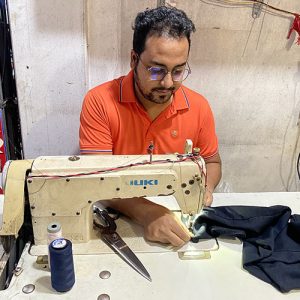
I love to sew and write! I have been doing both for many years and enjoy sharing my passion with others. I have written for both online and offline publications including Amazon and Medium, and I enjoy sewing clothes, quilts, and other items.
My writing style is engaging and lively, and I have a knack for delivering complex information in a way that is easy for everyone to follow.
